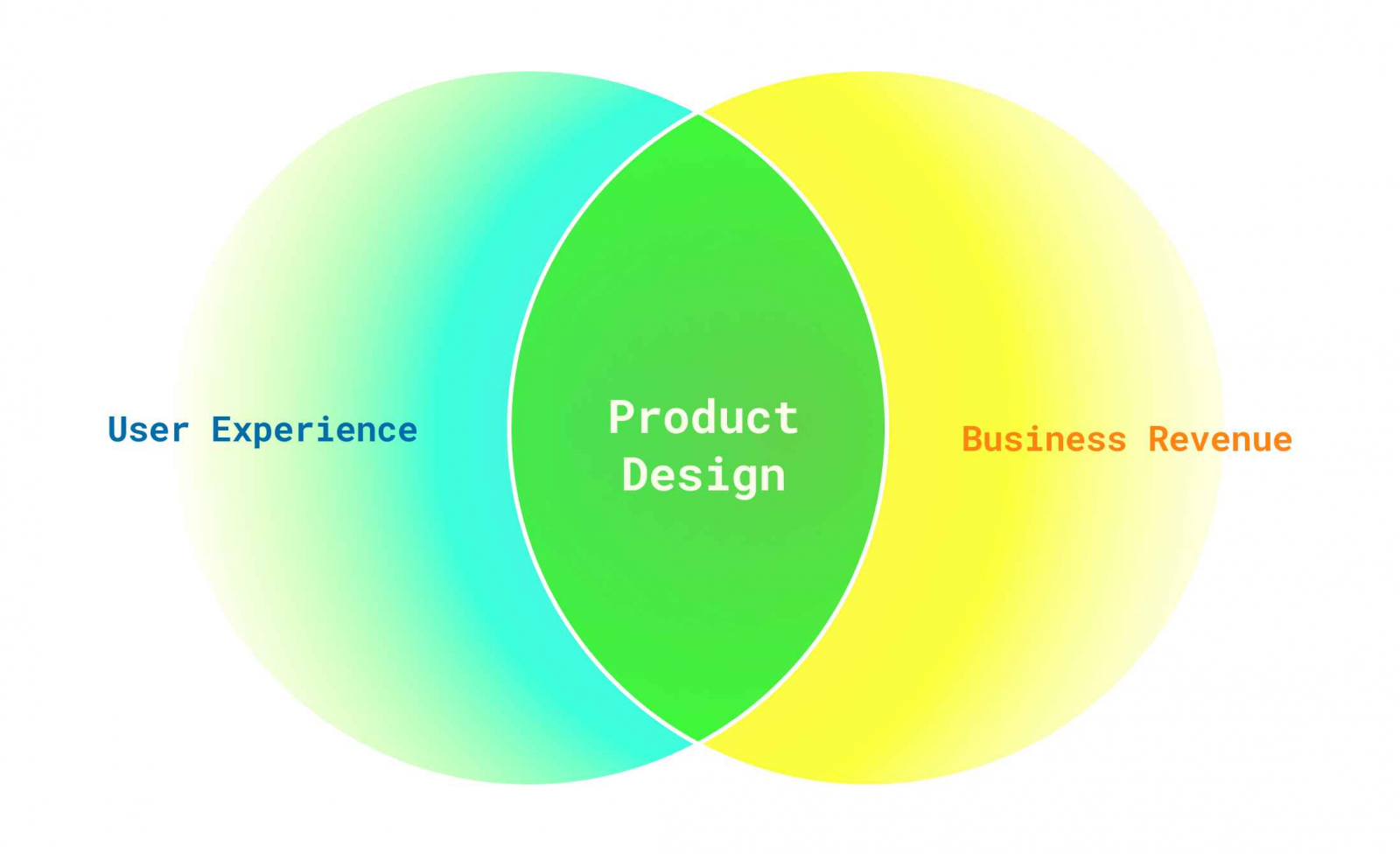Dharmesh Acharya, the COO of Radixweb delves into the depth of organizational processes and sheds light on concerns that stand as barriers towards building truly agile processes.
Over the past few years, businesses have gravitated towards propelling their digital efficiencies. However, even after making gigantic tech investments in agile methodologies, project management, and change management, most businesses amazingly fail at accelerating their digital journeys.
The advanced methodologies of modern Project Management and Change Management had ably addressed organizational silos and dated processes which impeded the success of digital projects, expertise in just these areas do not build successful digital solutions any more. Digital Agility is the demand of the moment!
The Core of Organizational Digital Ability
At the core of Agile processes is the business-critical value of Speed â the ability to design, build, test, deploy and launch digital solutions in time to match the pace of the market need.
The second paradigm is that of slack the ability to pull out resources from a project and plug them into another without losing value and relevance is critical to operations.
The third measure is to include alignment in the developmental process because a software partner needs to map the best-fit resources to any project and without a clear blueprint of their capabilities, the development alignment has pretty high chances to go awry.
Cues For the C Suite to Rope In ODA
While every individual member of the C Suite aims to work towards building an agile organization with their core strengths, departmental priorities, and concerns they must work in tandem to unlock faster and rapid responses to change.
The CEO – Champion of agile through far-sighted strategy and 360-degree execution
The CEO has the most complicated task of bringing in executive alignment within the C team. Other than setting an agile vision across the teams, the CEO needs to bring other members of the C team on the same page in terms of strategy. They shouldn’t be merely his followers but should share his long-term vision.
The CFO – The Up keeper of Pace Amidst Constant Change
Finance is one crucial aspect that influences an organization’s ability to switch to agile. Right from holding on to relevant parts of legacy technologies to making smart investments in emerging digital strategies that actually yield results, is a CFO’s top priority.
The CIO – The Integrator of Change
The CIO’s role is a challenging one because not only have they to determine and measure the performance of new digital solutions but also have to get the workforce upskilled and ready for further market disruption as a response to market change.
The CHRO – The Believer of Employee Engagement
Tasked with one of the gravest operational functions â to maintain employee engagement and rake up EX, clearly, the workforce is the top priority of the CHRO. As champions of dissolving silos within departments, their task is to upkeep organizational culture and enable access of relevant information for all.
The Way Forward with Building Operational Agility
At Radixweb, we have implemented five behavioral approaches to integrate and capitalize on operational digital agility.
Adaptability:
At the core of our organizational processes is streamlining our systems to be rapidly flexible and responsive to match the pace of change. Stringent hierarchal cultures contribute to a lot of failures.
Responsiveness:
Over my 22 years of experience in holding a C team chair, I would say there’s considerable dearth of real-time planning. As a fast-paced organization, we have constantly aimed in building simple and flexible processes that aim to actually address pressing concerns.
Upskilling:
Radixweb regularly arranges upskilling programs for its employees to stay relevant in the market. This has not only helped bridge skill gap in employees but deliver greater professional value to them.
Data Empowerment:
Modern businesses thrive on the power of data and every stakeholder needs to have access to relevant data specific to his area of expertise to feel trusted and valued.
Wrapping Up
Moving to agility is a continuous process, and businesses must move from traditional ways of working towards true digital agility to achieve sustainable growth. Continuous planning, integrating fluidity in processes, empowering resources with information, and upskilling is only a baby step towards harnessing the true power of innovation.







